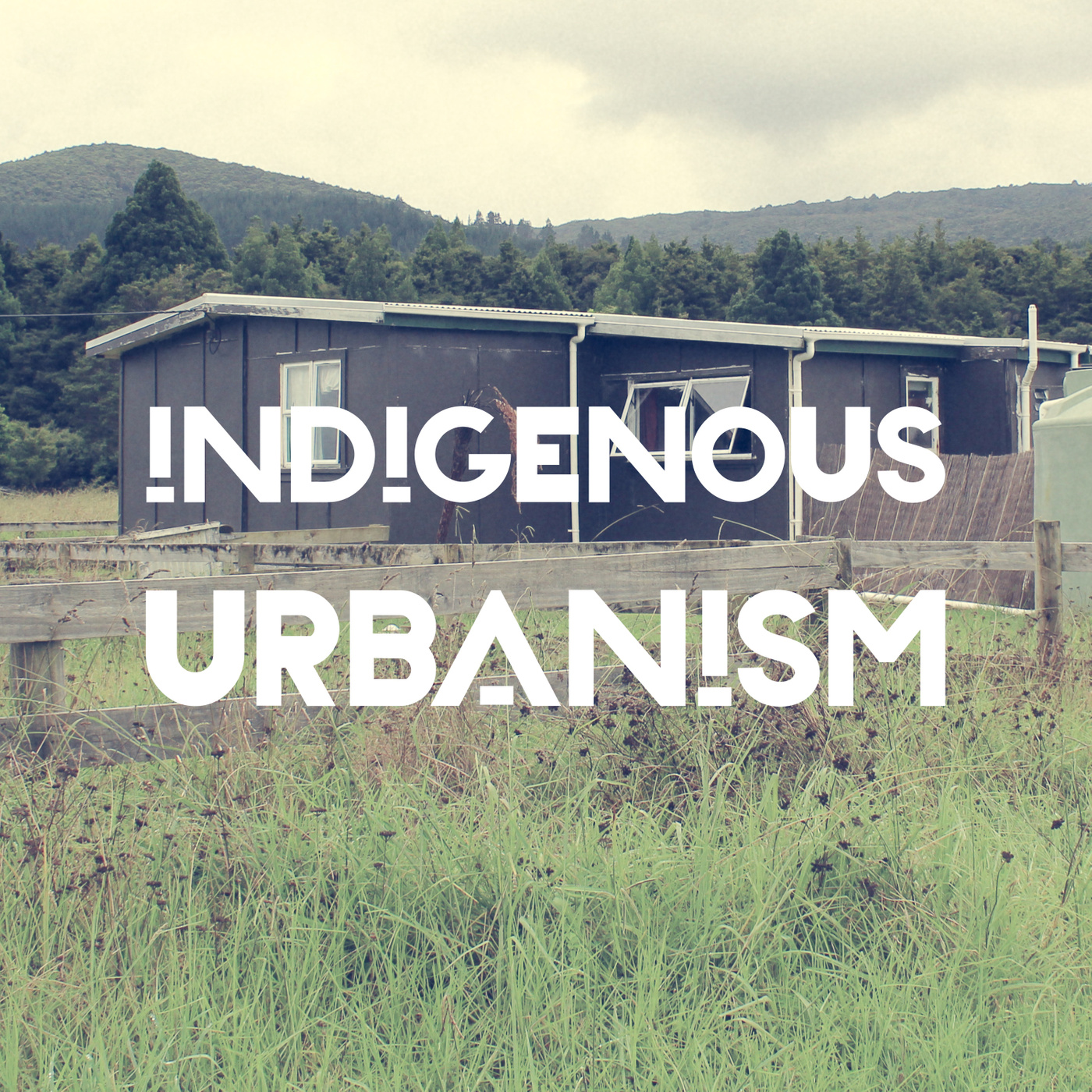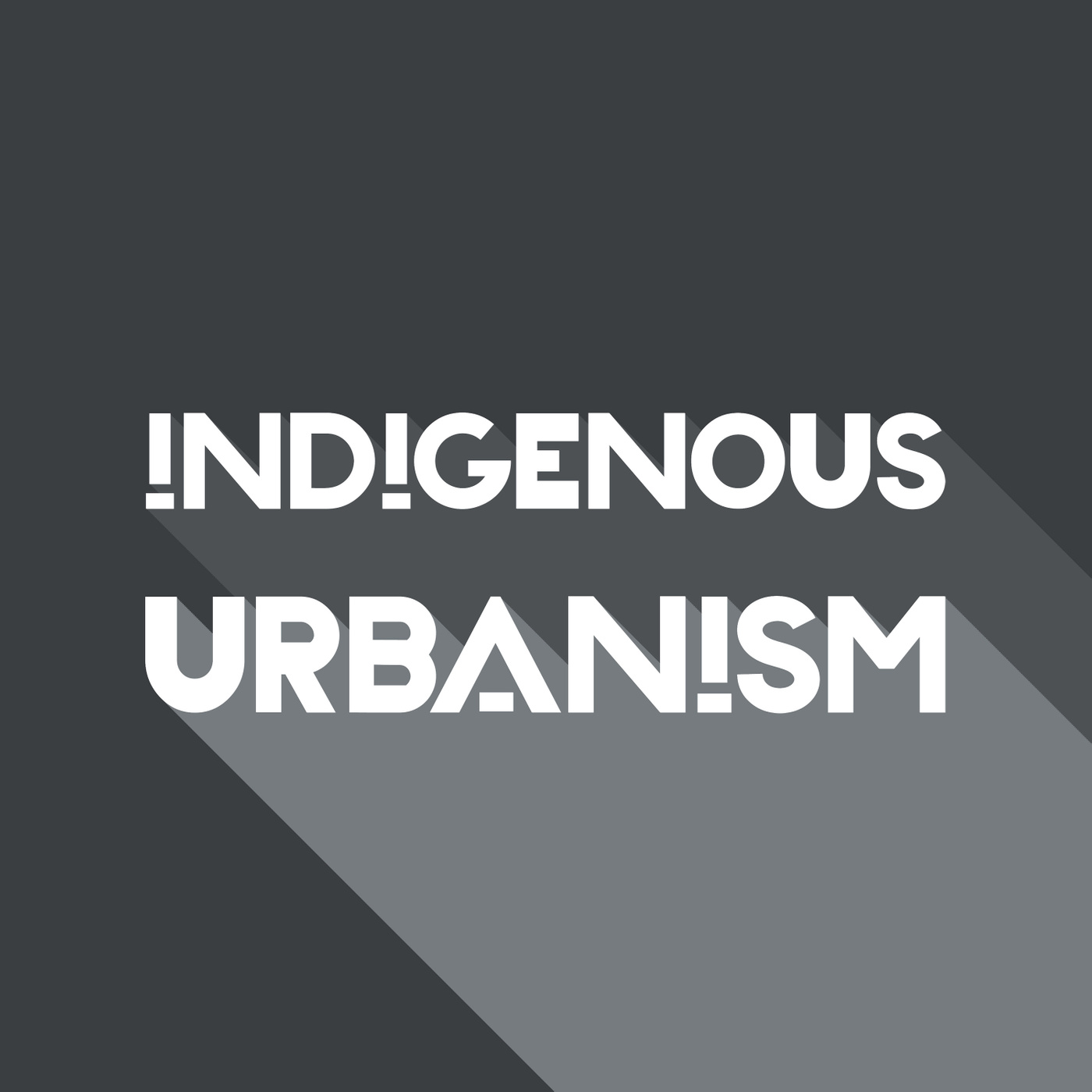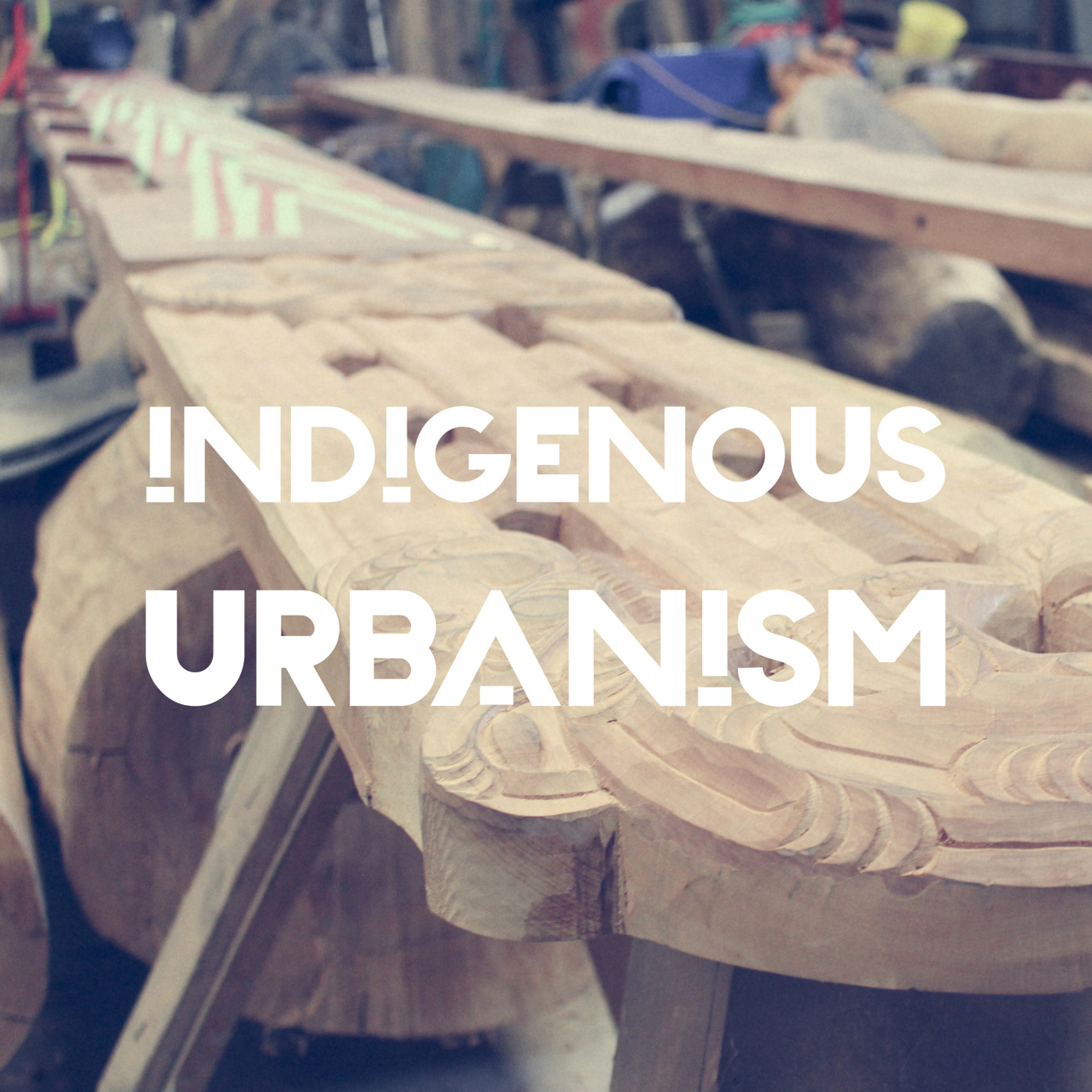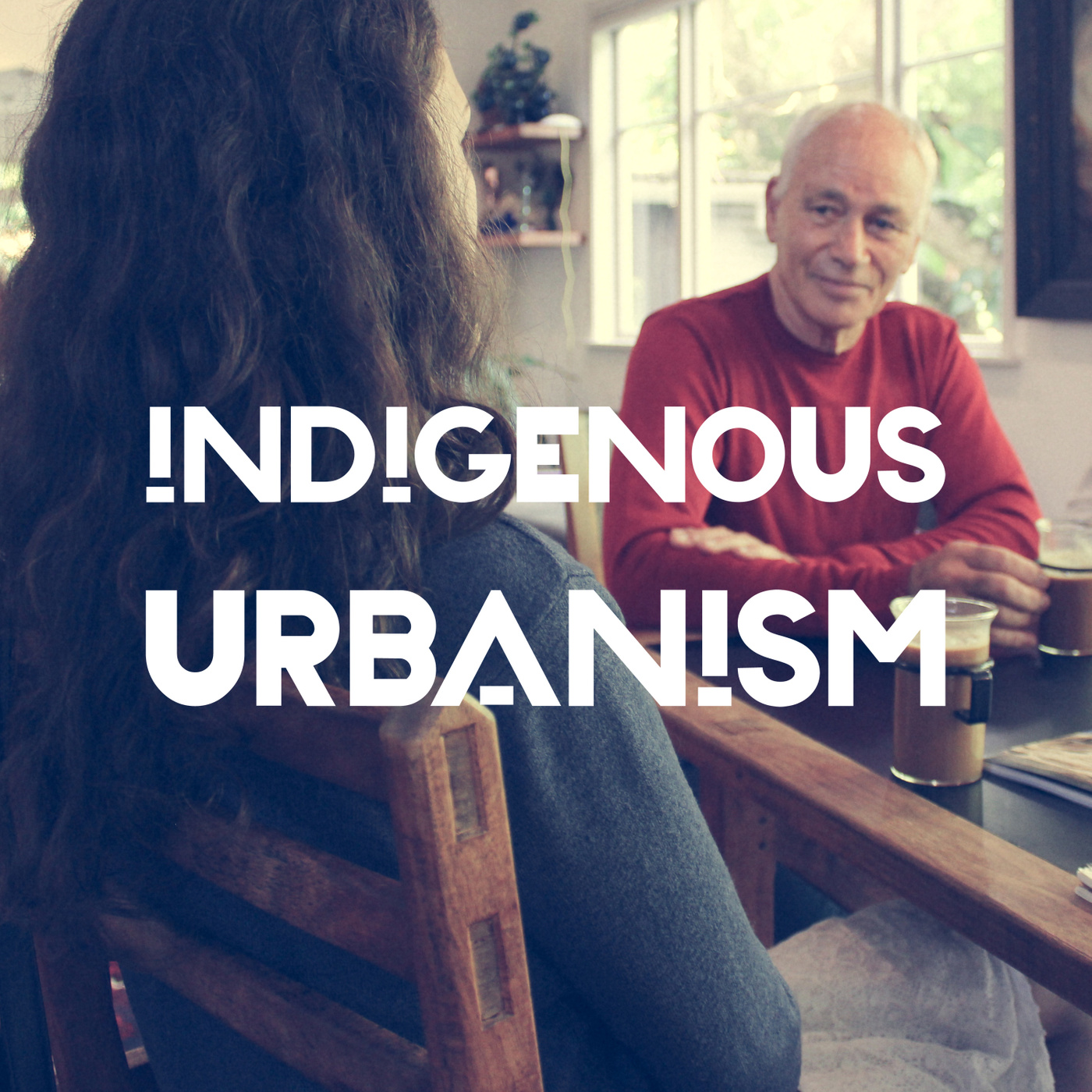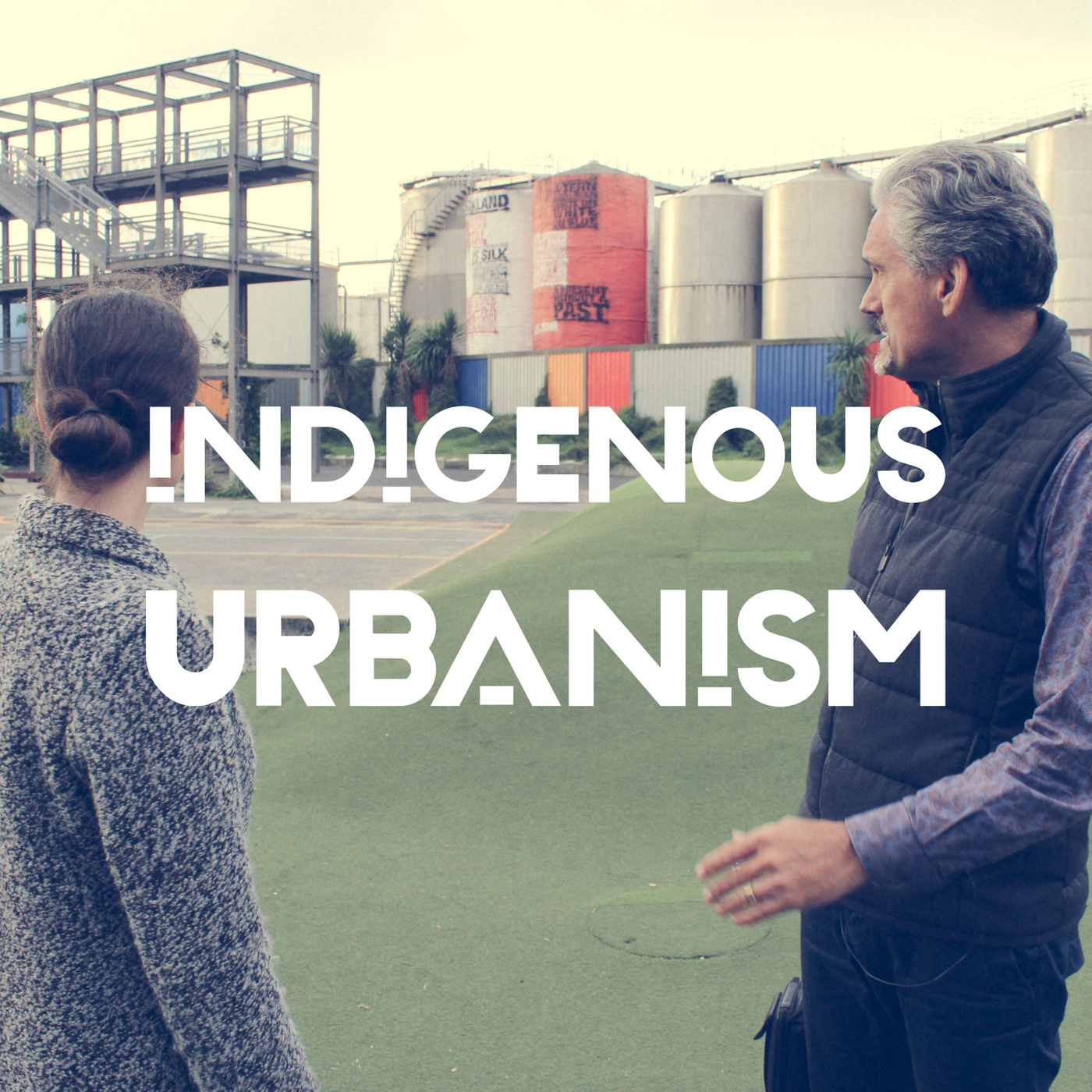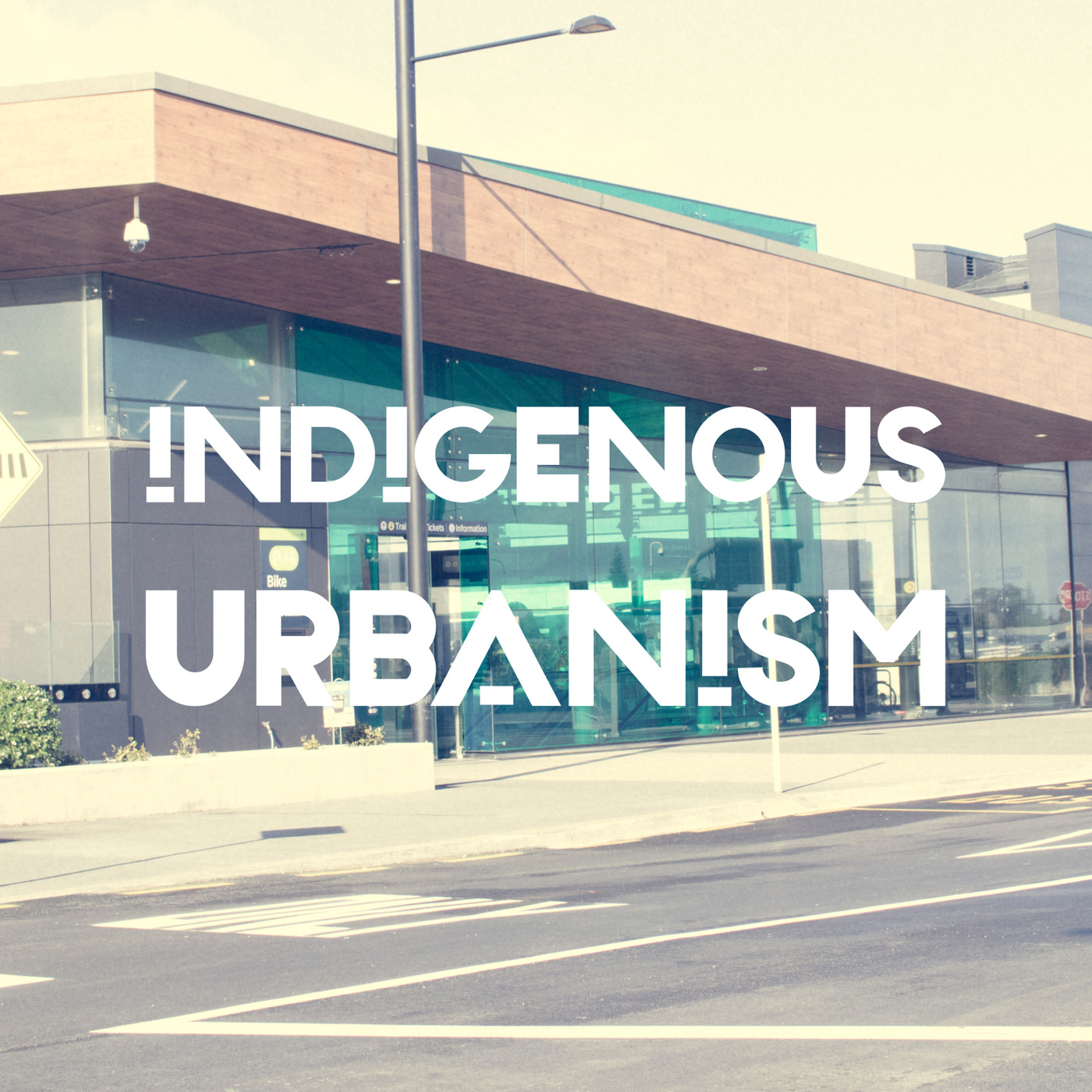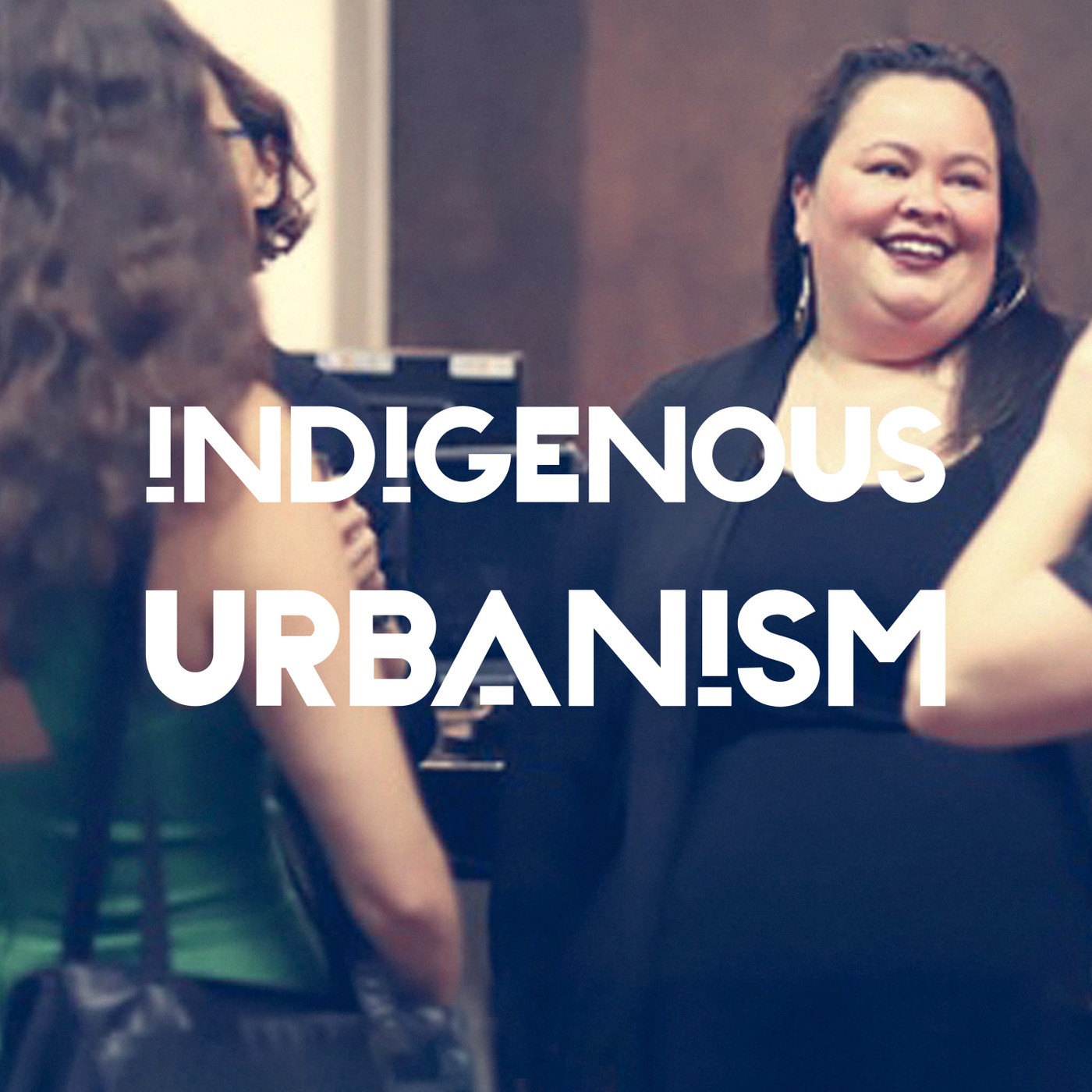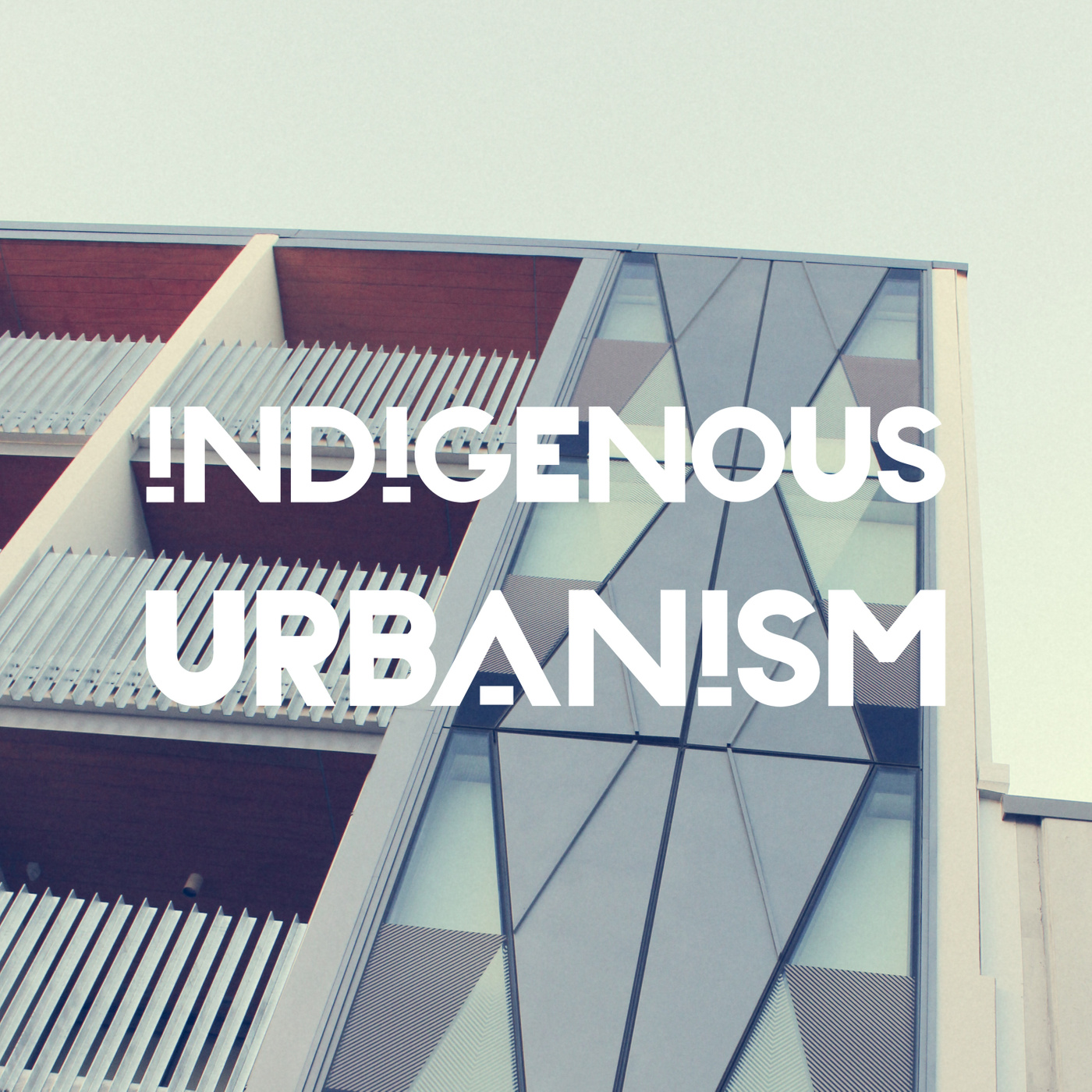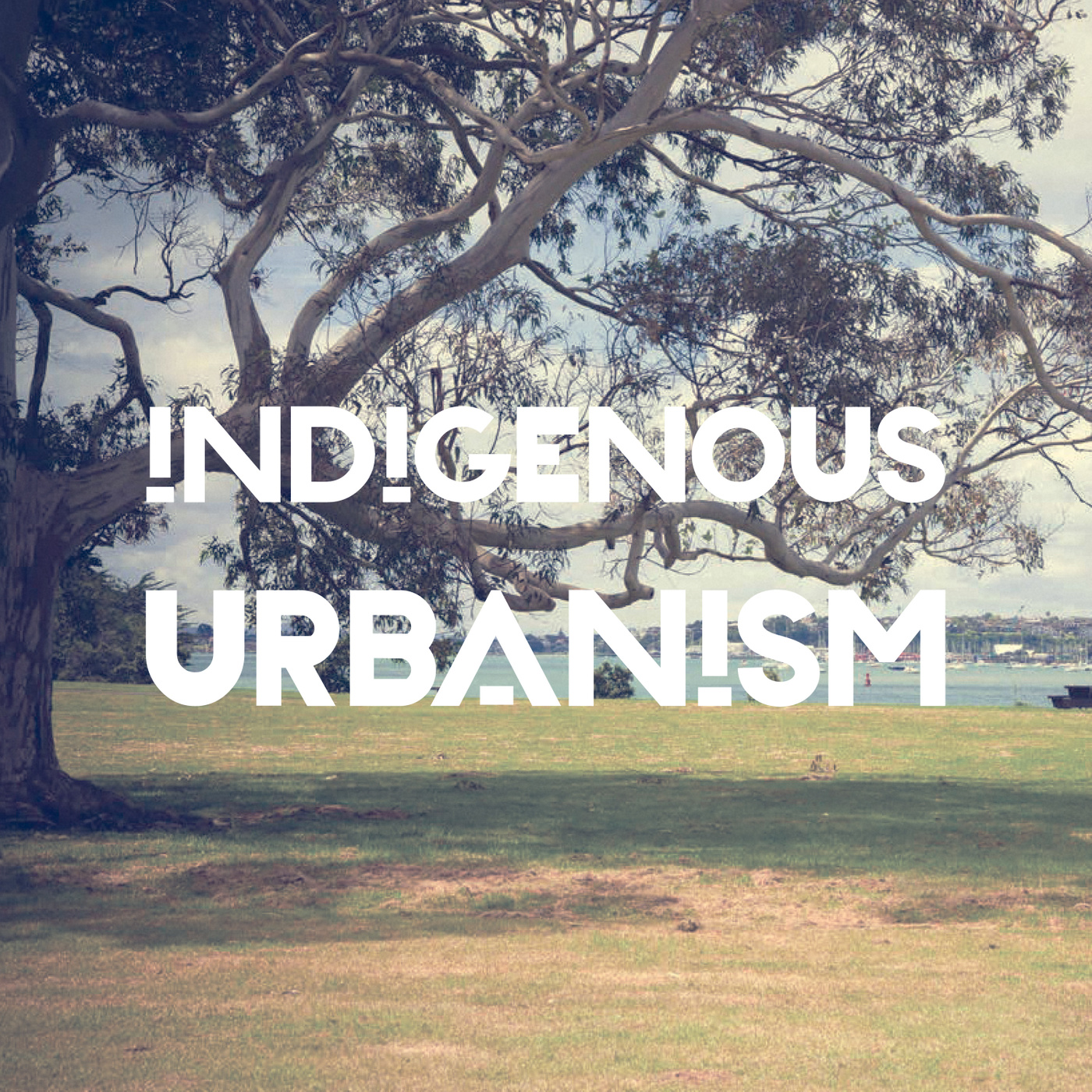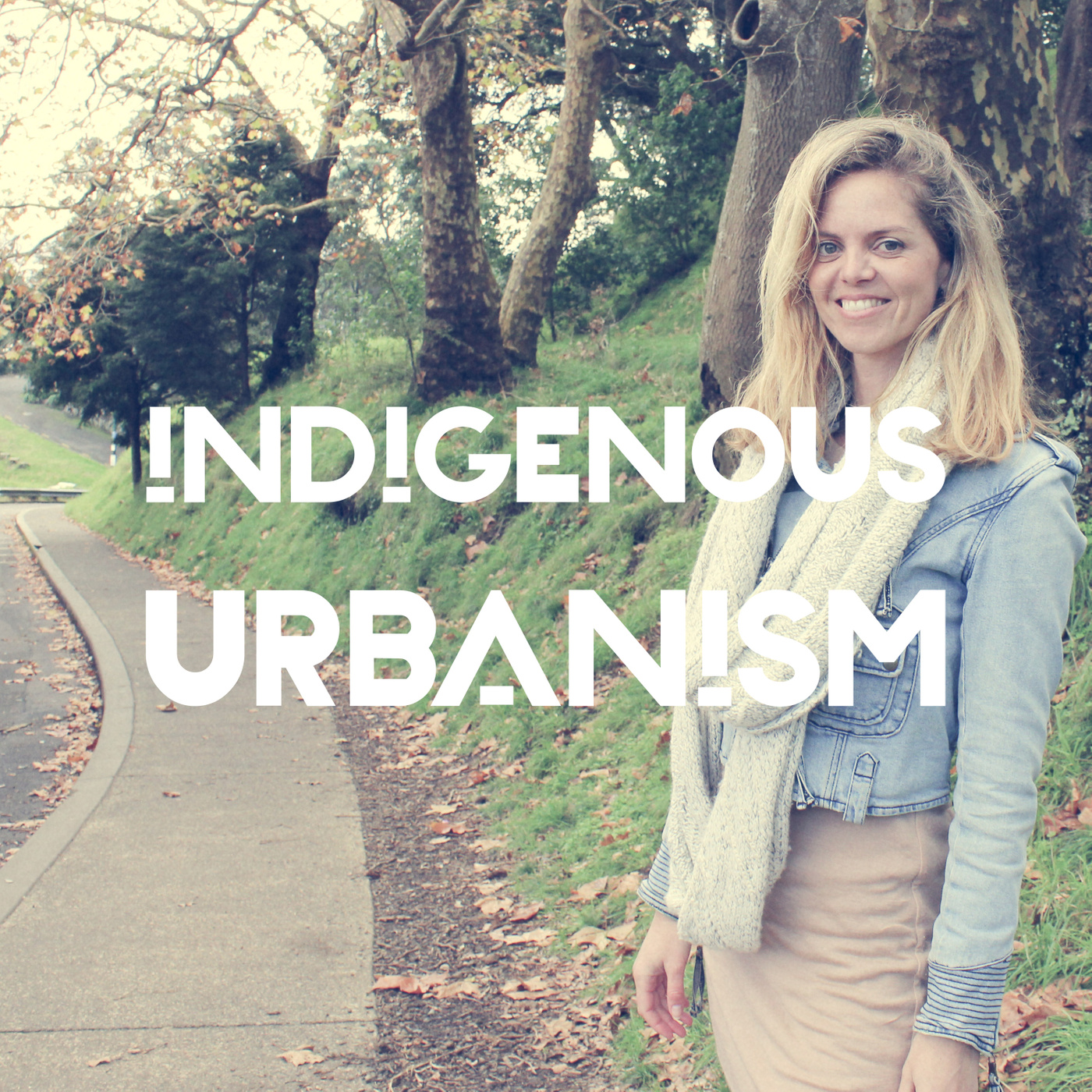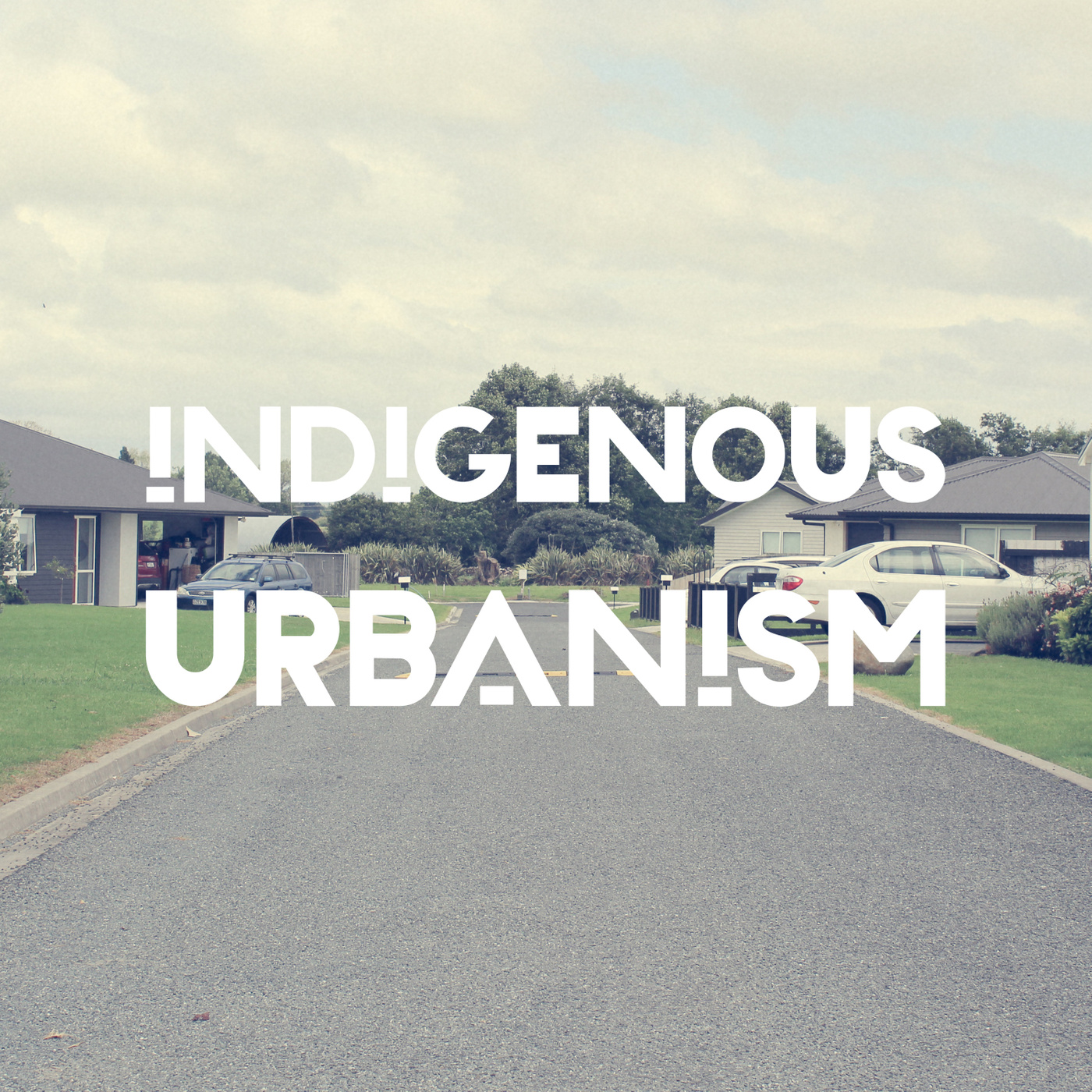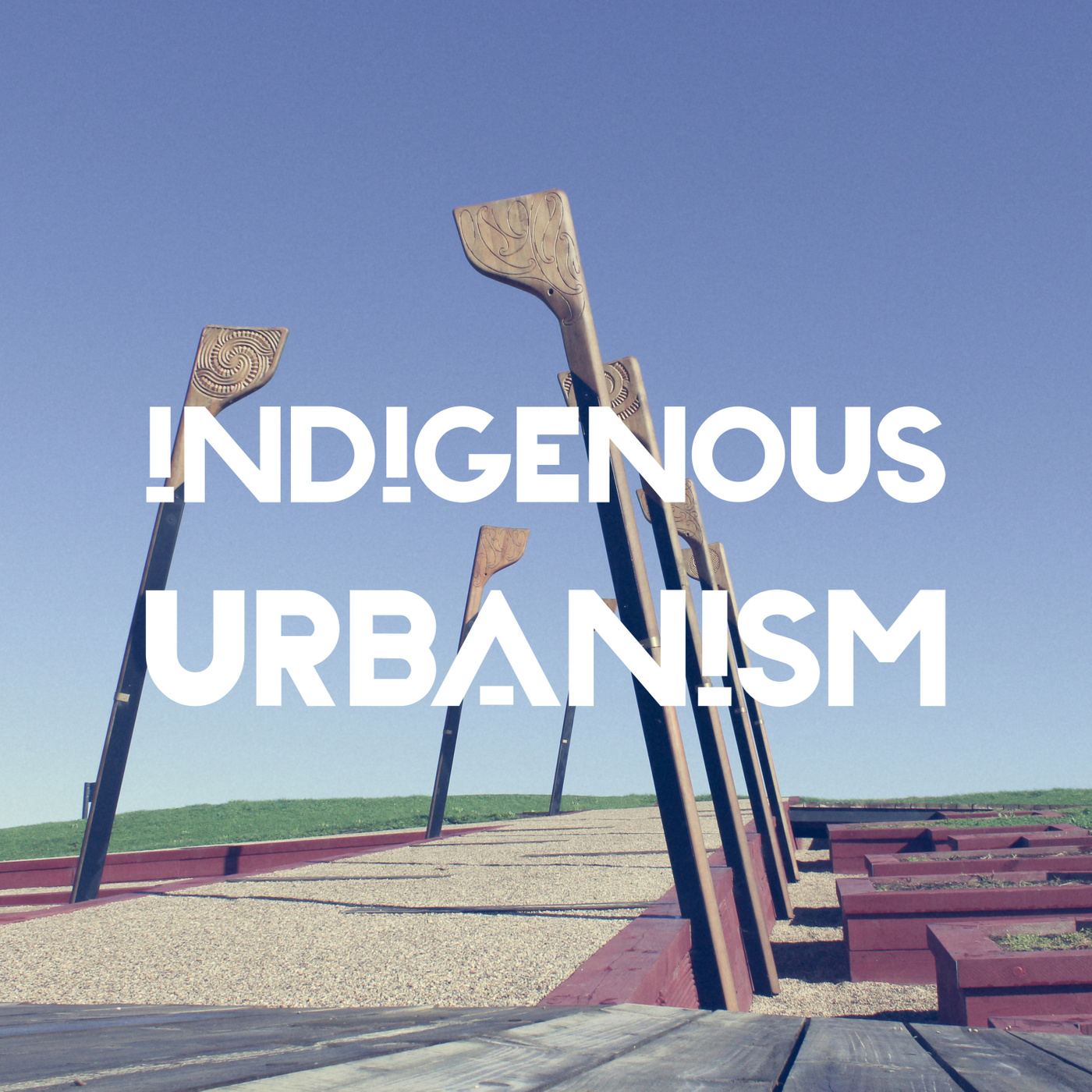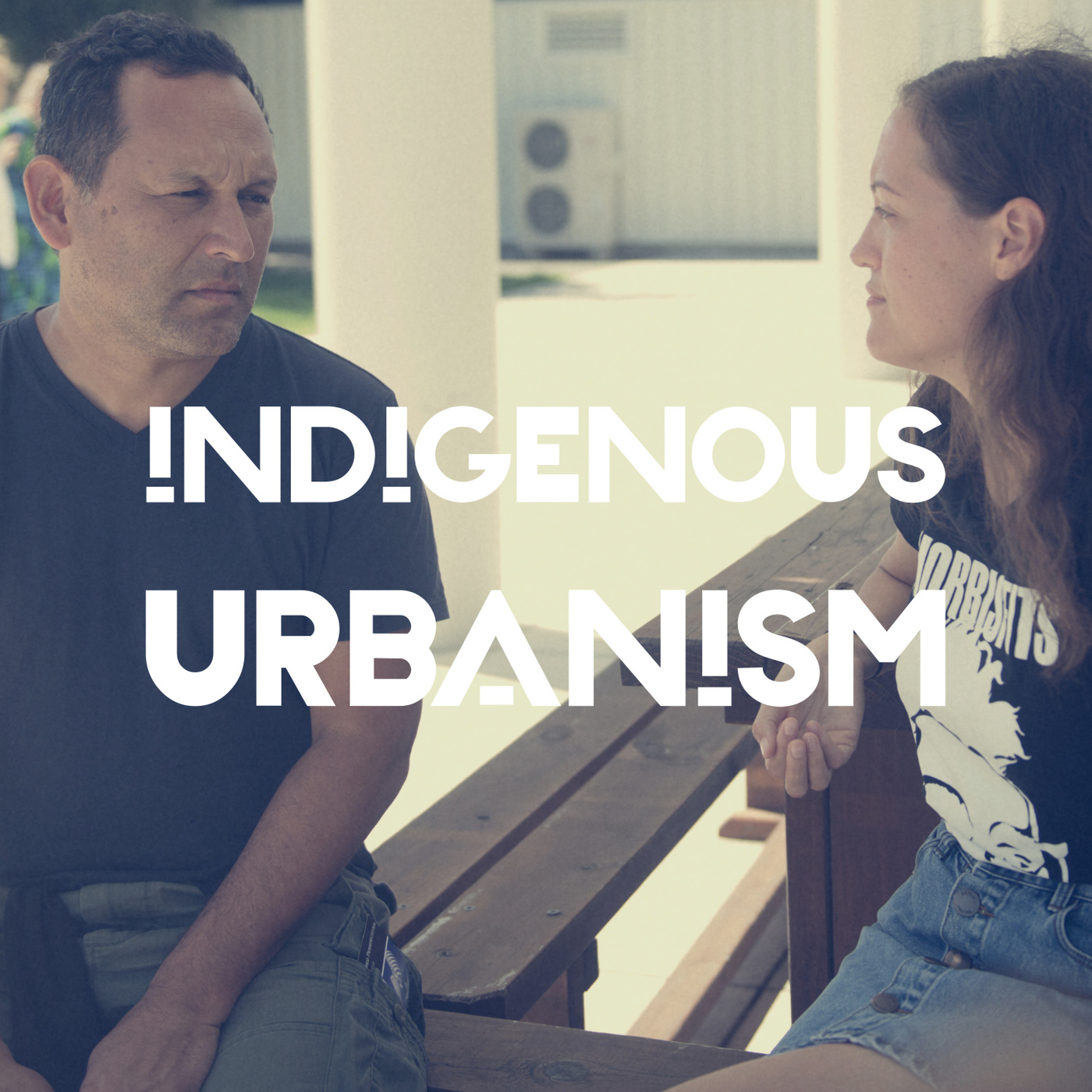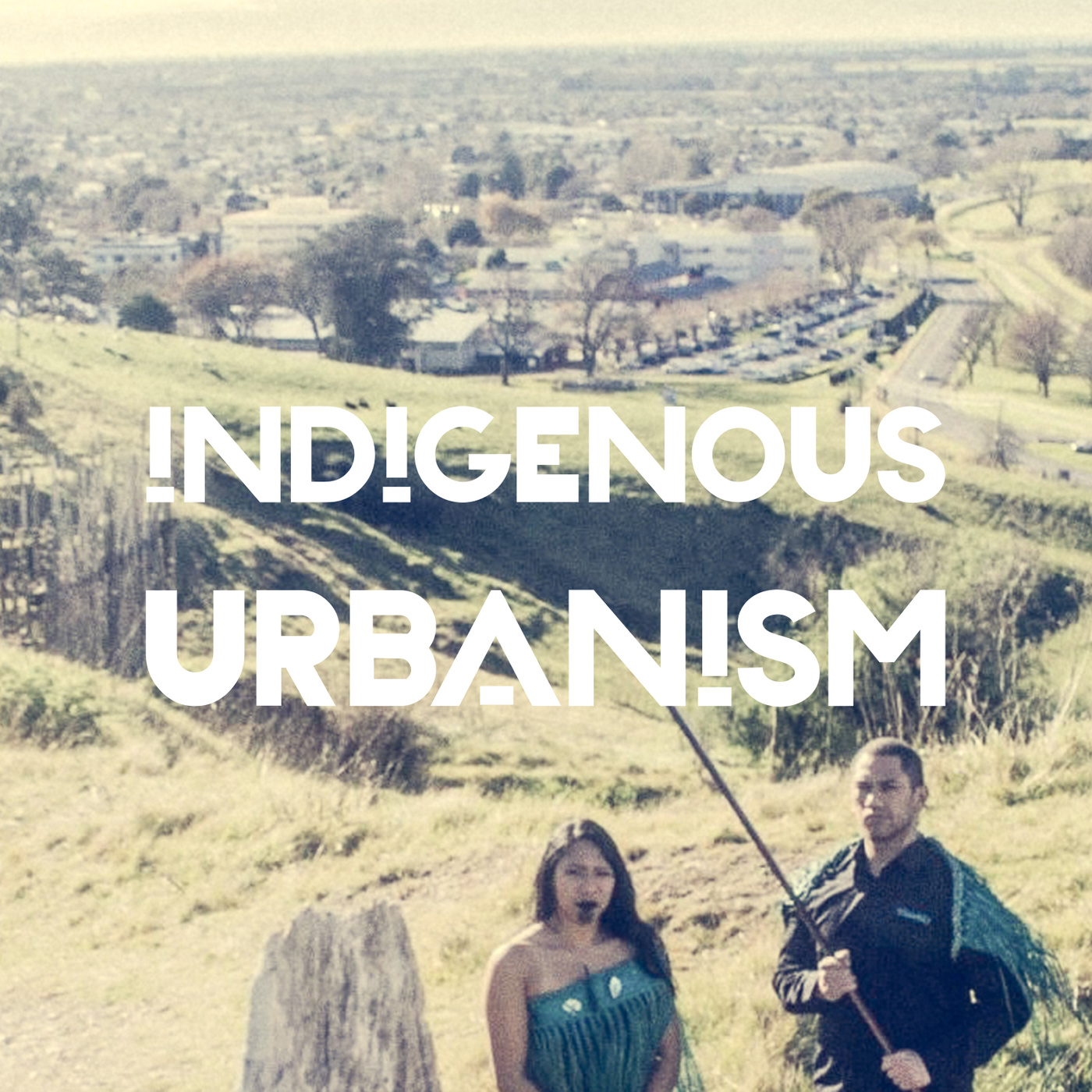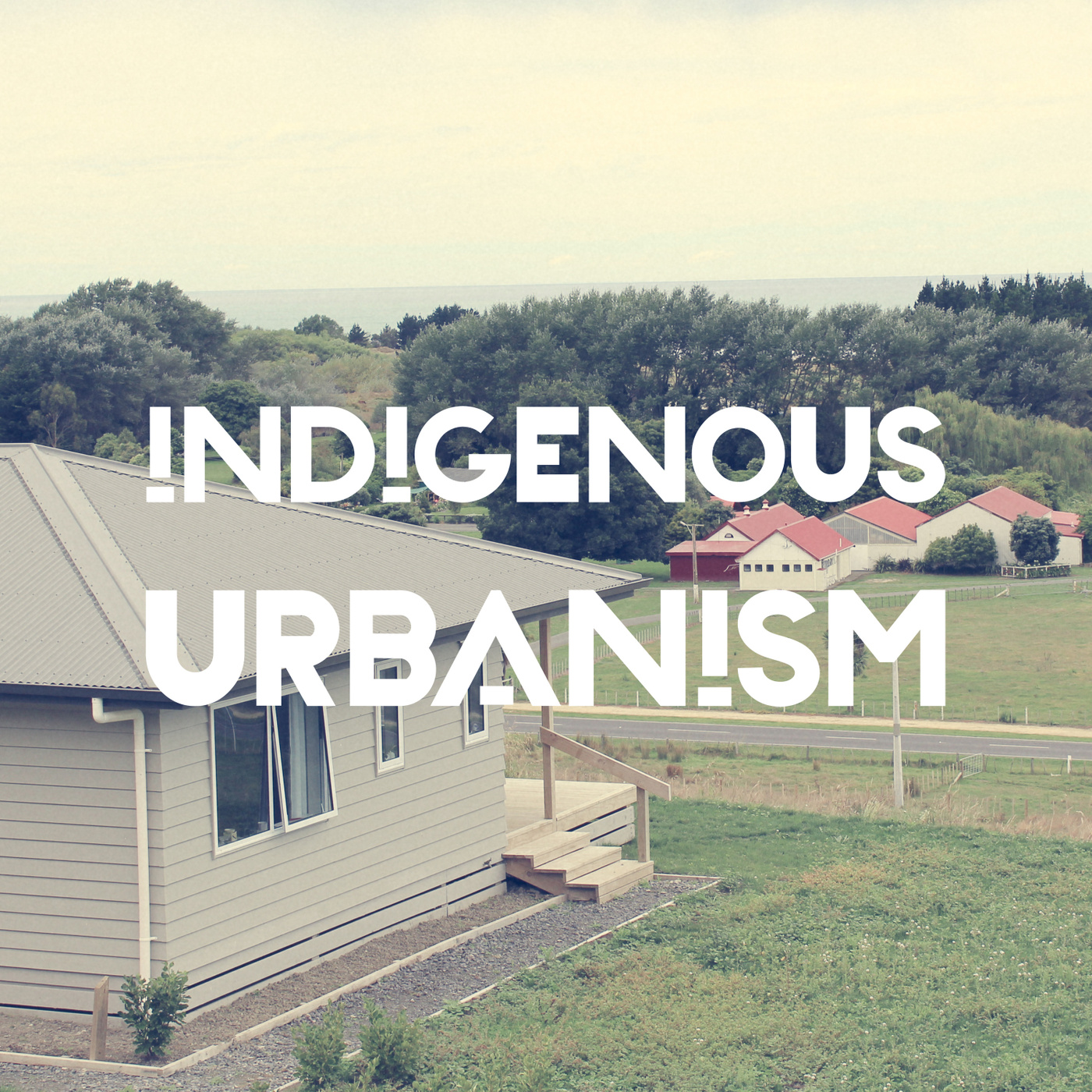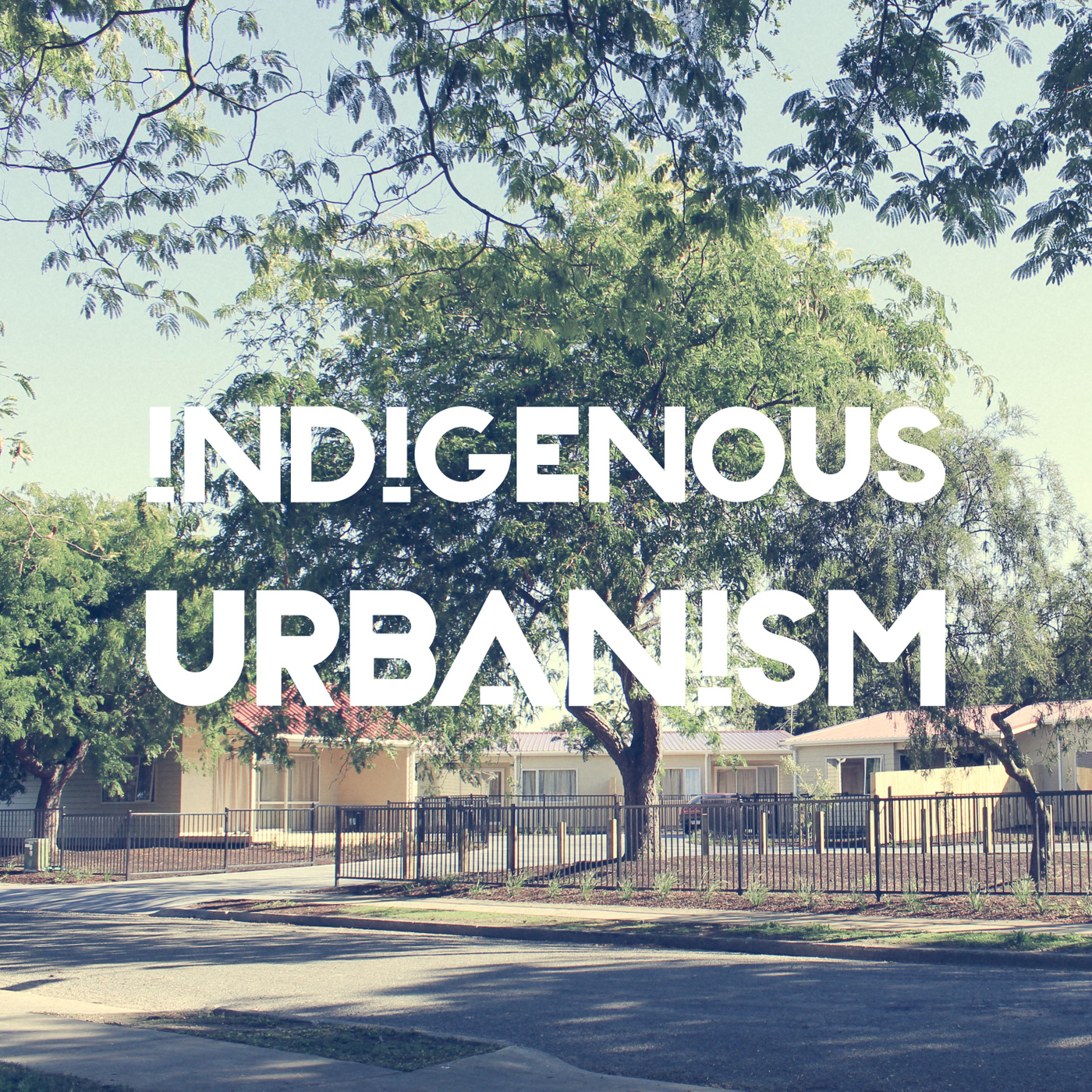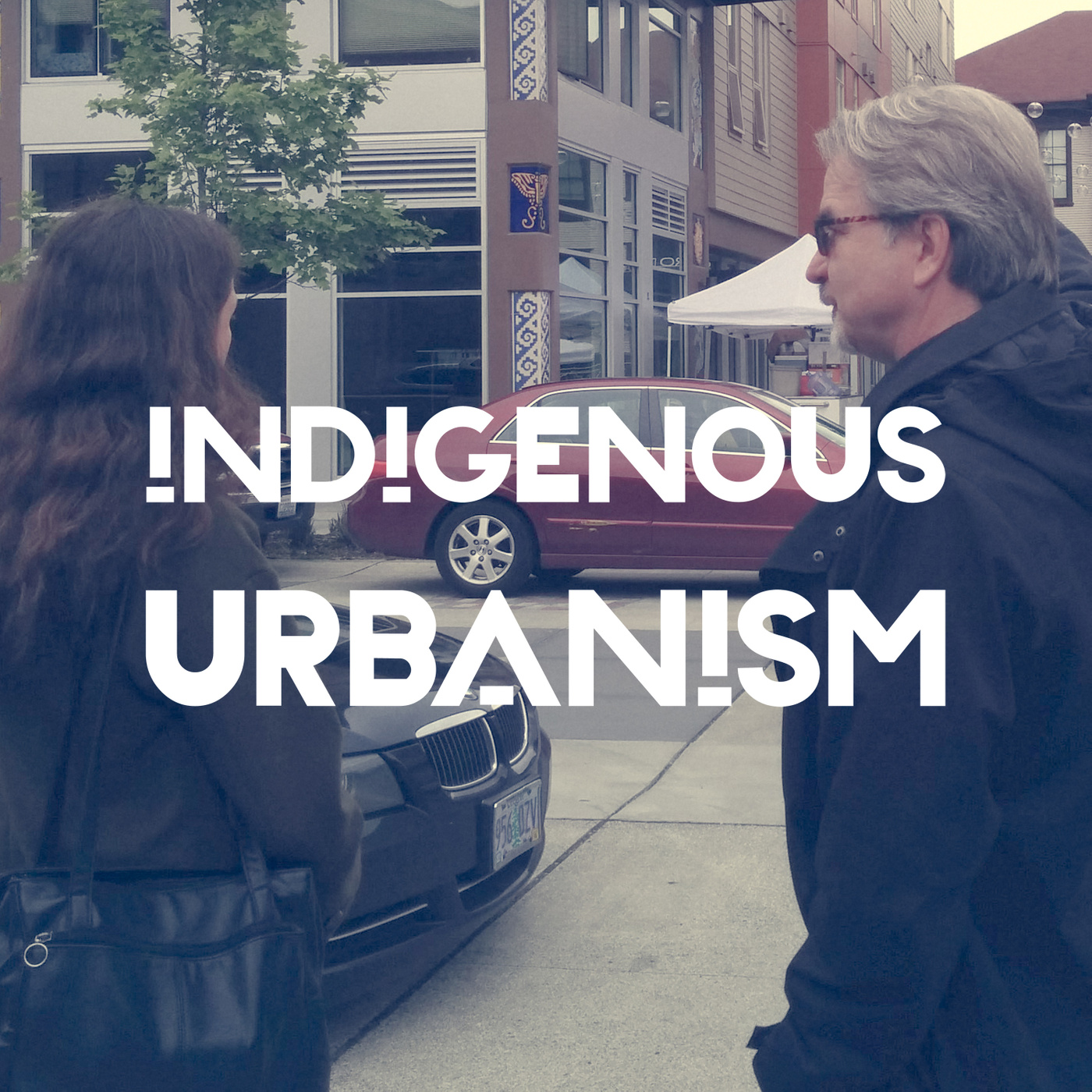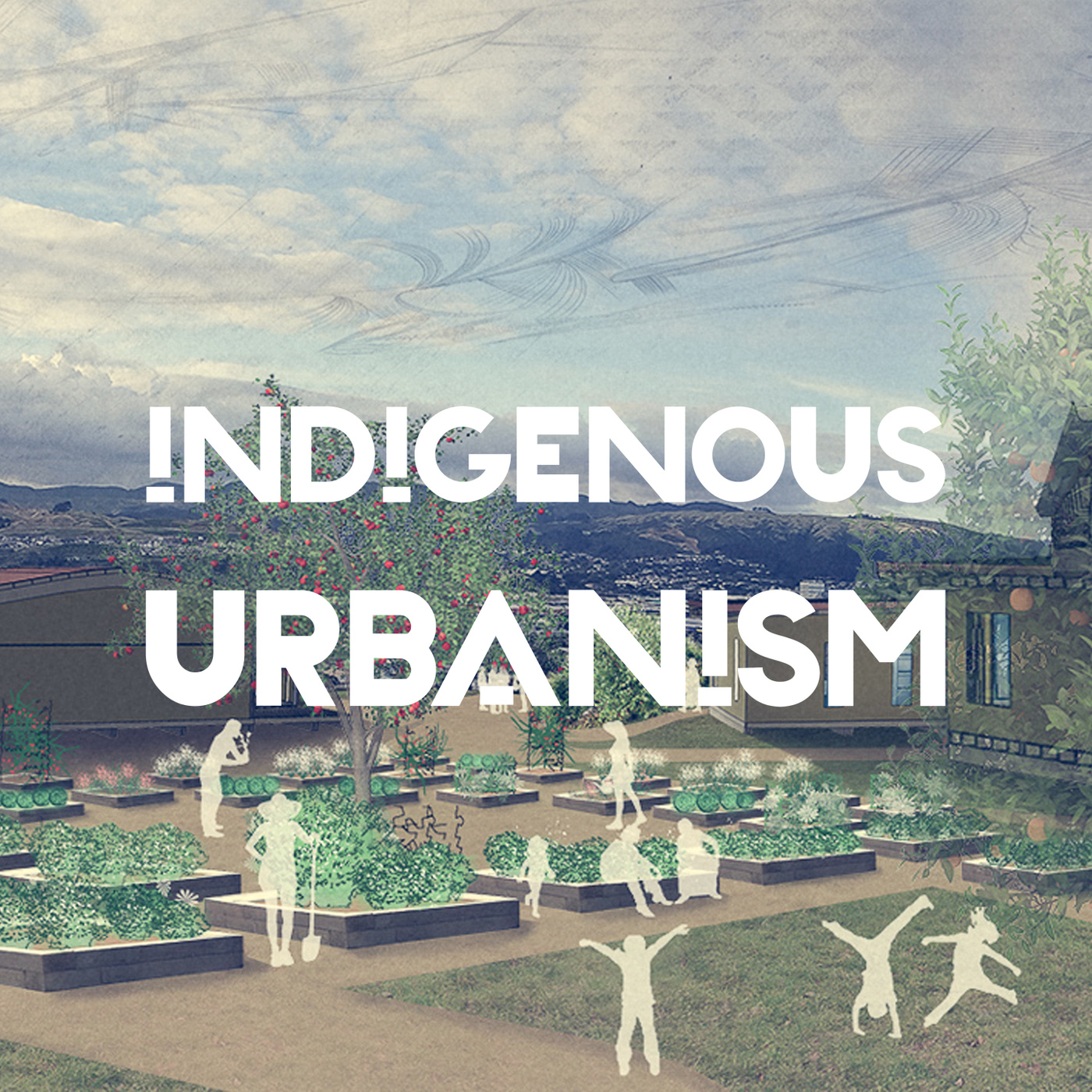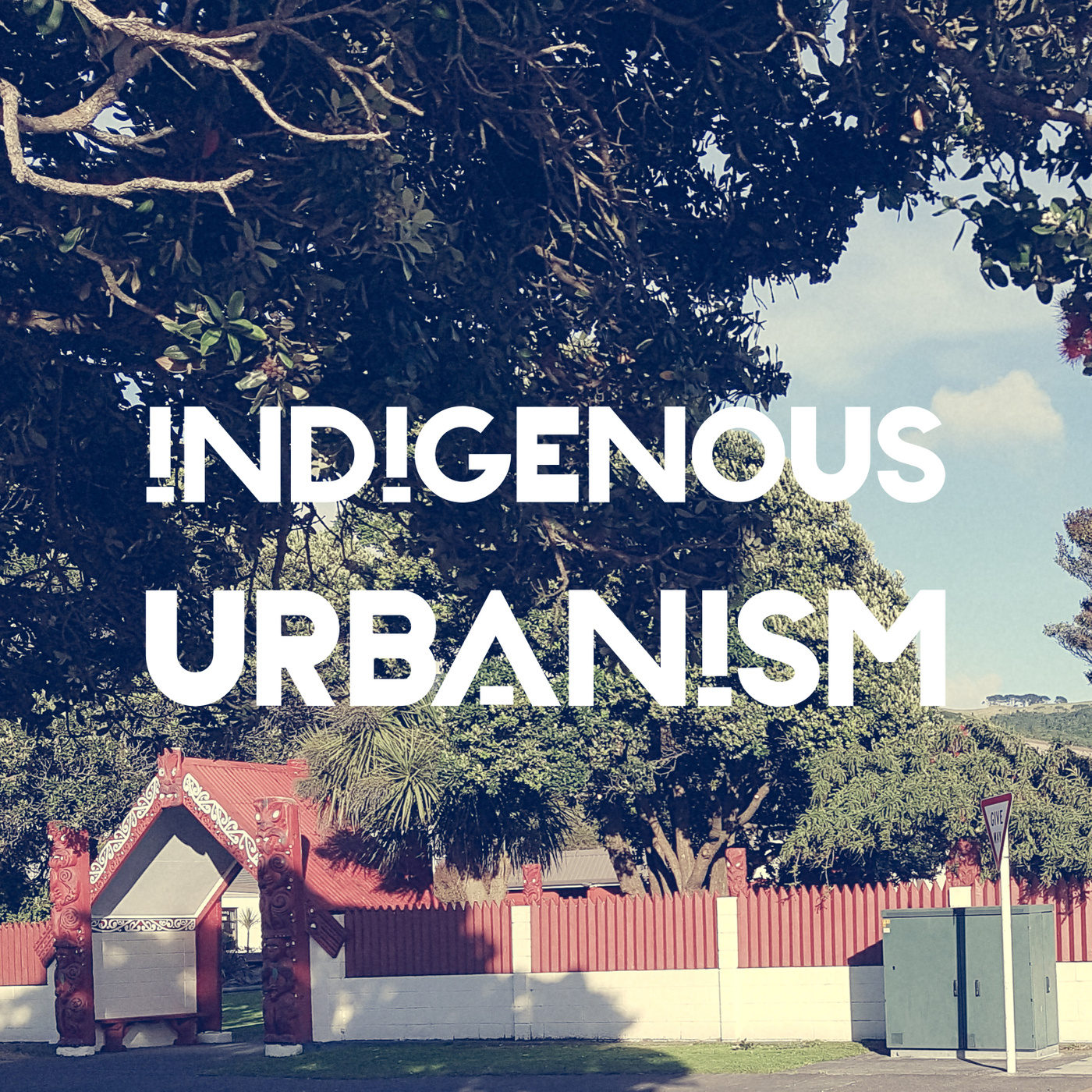Kaihū Housing Repairs
Description
EPISODE SUMMARY: On this episode of Indigenous Urbanism, we travel to the Kaihū in the Kaipara to learn about a tribal-led programme to improve living conditions for whānau through essential housing and infrastructure repairs.
GUESTS: Mihiata Te Rore, Tania Moriarty
FULL TRANSCRIPT:
Jade Kake: Poor quality housing is just one of the realities of living in rural Northland. For many of our hau kāinga, the pride and sense of identity associated with living on their own whenua is often coupled with the challenges of keeping their whare warm, dry, and safe for their whānau.
Mihiata Te Rore: Here as we walk into the kitchen, I had a couple of jacks underneath the house here because that was a bit unstable so that the fridge would wobble, and the stove would wobble.
JK: Have the piles rotted away or something like that?
MTR: I don't know, it's not the piles, because the house has only been here for ten years, it was actually the actual boards
JK: It might have been the bearers, or the joists, if it's not the posts themselves
MTR: Yeah it's not these ones, it was the ones that run underneath the house
JK: Have they rotted?
MTR: They were rotted, the were rotted. Like, there was one that went along here I think, and it was just totally rotten, and it went one along here
JK: So you had to replace that with the car jacks
MTR: Yes, this whole floor has been replaced, but prior to that it was three jacks along here, I think maybe 3-4 jacks, and that was just holding it up
JK: Tēnā koutou katoa
Nau mai haere mai ki te Indigenous Urbanism, Aotearoa Edition, Episode two.
I’m your host Jade Kake and this is Indigenous Urbanism, stories about the spaces we inhabit, and the community drivers and practitioners who are shaping those environments and decolonising through design.
On this episode of Indigenous Urbanism: We visit Mihiata Te Rore nō Te Uri o Hau [delete] at her whare on ancestral Māori land in Kaihū, located in the Kaipara district of Te Tai Tokerau. Patrick Gemmell reports.
Ko Mihiata Te Rore ahau, ko Kaihū tuturu kāinga, ko Kaihū te awa, ko Maunganui te maunga, ko Ripiroa te moana, Te Roro te iwi.
Patrick Gemmell: I guess we want to start with whereabouts we are in the world, and a little bit of your upbringing here in Kaihū
MTR: Yeah I'm in Kaihū, we're about 30km north of Dargaville, and more or less at the foot of the Waipoua Forest, that's going towards north. I was practically born and raised here. Sort of came away from down the line, from Tokoroa, and came here when I was about 6. My father brought us home, nine of us, all nine children. And I was sort of raised here in the area. And got older, moved away. Father passed away and then we all sort of moved away, got married. And some of us came home, some of us didn't, and I decided about ten years ago that I was coming home.
PG: Coming home is one thing, but coming home to where your ancestors have been brought up and back to your own Māori land, how important was it to you to come back to that as well?
MTR: It was very important. That was one of my main feelings to come home. You just feel it, it's ancestral land, this goes back to, I must be the 5th, 6th generation. I've got grandchildren, and they've all been here as well.
The land is here, the chief here was Te Rore, and from Te Rore he came down from Taho, and that's one of the rangatira for this area, for Te Roro. And from Taho, Te Rore, which is my tūpuna. And from him was Raniera, and he's buried over here, that's the third chief down, and that's my great-grandfather, so. My grandfather was raised here, my father was raised here, I've been raised here, I've raised my children here, so, that's quite a... that's a major legacy to me. And to actually be able to come home, and be here.
PG: What were some of the motivating things that really drove you to come back and put this whare back on the land, and when you did that, what were some of the issues that you ran into?
MTR: If I go back to almost 30 years ago, I'm 55 this year, I would have been 16, 17 years old when I eventually left this area, got married, and then came back. It was only the homestead, and another relative way down there. His house, down there. These were the only houses here. These ones in between the one over there, they weren't here, but as the years went by whānau came home, and it just felt that sense of belonging, the need to come house. Because my father had passed away, and the need to come home was stronger as I got older and my kids started to get older and my mokopuna arrived. That was the need that pulled me home. And be part of the valley, to be part of the land. Like that bush up there, I still remember years, when we were children, and our father would take us to there, and we were all self-sustained. We didn't buy butter, we made butter. We didn't buy milk, we made our milk. We didn't need meat, our meat was here. Orchards, we'd have orchards over here. We'd have gardens down there, and gardens across the road. And that was for watermelon, corn, everything was grown from the land. And you don't have that anymore. I want to try and be sustainable, but it's really difficult when you're on your own. It was an amazing lifestyle, we had an amazing lifestyle. I think, wow, my parents, with nine children, would go to the bush and get manuka, and that was our main heating source, cooking source, was through the old wood range. And so it was important to have firewood all the time, it was like sunup to sundown, you didn't stop. My dad was like that, he didn't stop.
PG: So a lot of early memories are still with you now, and obviously you've come home to rekindle a lot of those memories, and I guess something that we spoke about in the whare, which a lot of people have benefited from, is the housing repair programme that's been administered by Te Uri o Hau and Te Puni Kōkiri, and others, in terms of their input into it. Tell us how important that's been in terms of your own personal transformation and your whānau transformation? What's it done to you, in terms of the repair programme?
MTR: It just made me feel so good. It gave me confidence that my house is going to stand a little bit longer. The house has been here ten years, and if I didn't get the help that came to me, there was no way I could afford it. You know my house was on jacks. That was pretty depressing. I was getting a bit depressed about it, I must admit. I started getting a bit low on that, and when I made the application to Te Puni Kōkiri, and you, and Whaea Lyn, who came here, and we gathered a few whānau that would come. It was, well incredible really. Cause there was no where else, there was no way something like that over there, there's no way I would have chosen a massive water tank like that. And to do the roof, the water spouting, everything that they did, I was just overwhelmed.
PG: You've spoken briefly about what you're looking to do in terms of a pathway, and what you've just finished saying is that you're really keen on doing a building course. Has the repair programme, has that been a big influence in why you want to do this?
MTR: Oh definitely, because there's still things I need to correct. And it's also so I can help my whānau too that want to come home, cause there are other siblings that want to come home. And sort of extend from there, and hopefully, once I learn to use the tools, we can start working to build, maybe extend the house to make it bigger to house as many whānau that want to come home. It's all about, we're isolated out here, there's not a lot of work, if there is work it's backbreaking work, it's labouring work. You've got the kumara gardens, you've got the sawmill, agriculture, farming and that.
PG: One of the other questions I wanted to mention around the repair programme - how has the community received the news that potentially if we looked to advocate for repair programmes of this nature, how do you think they'll feel about it, considering that they've actually seen the before and after of your house? And then they realise that, this is actually a real thing. If we were able to get more of this done through the community, how do you think the community would feel.
MTR: I think they'd be really happy. There's a few houses, cuzzie over there, other one down there, other one opposite, that's three already. And that's only down here. I think there's another one, four. There must be a few more up past, at the Kaihū settlement.
The community, their expectations are now. This is what I mean. Their expectations, because they've seen the mahi done on my whare, and their expectation of my turn, what about me? This is what's been said in the community. Whānau are waiting, waiting. Te Puni Kōkiri, I've told the whānau here that yes Te Puni Kōkiri are there to speak to, but they do wānanga now, the process is different this time. You have to do a wānanga over there to find out what the needs are of the community, and you go as a community. And that's what I mean, it's hard to go from here to there, cause a lot of us have trouble with transport - that's a problem. And just, the expectations of the community here are high, because of what they've seen done here. When they seen the diggers, they seen the truck come up here everyday, that's ATS carpenters were here. Then they seen the digger, then they seen the water tank. It was like, oh my gosh, she's getting all this work done, and it's all through TPK and Te Uri o Hau.
PG: And the need is great, it's fair to say the need is great
MTR: Yes, the need is great. Since our kaumātua units over here, nobody could live in them. It was not a safe place for them to go. It wasn't until we got the funding from Te Puni Kōkiri and the mahi was done, now each unit

